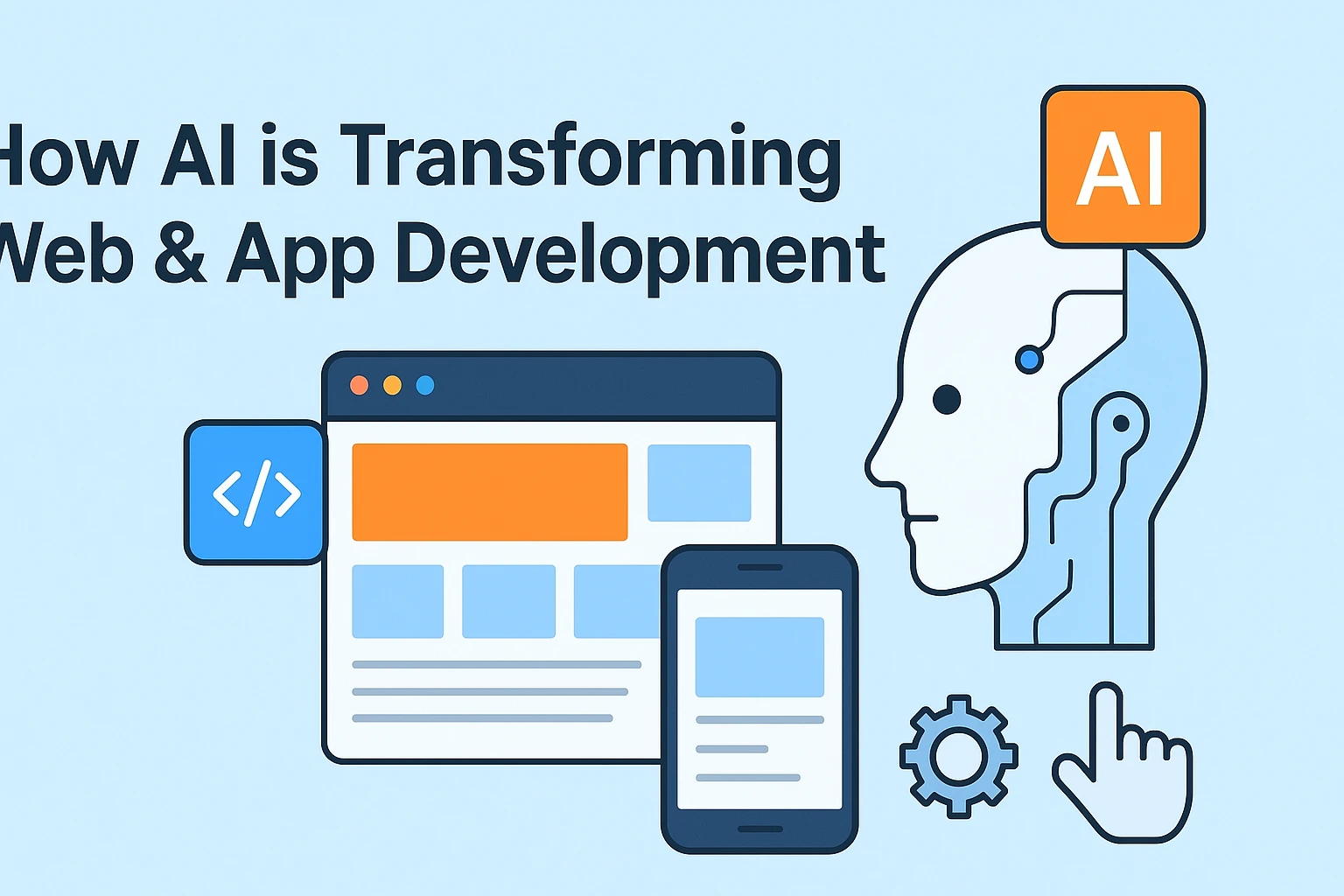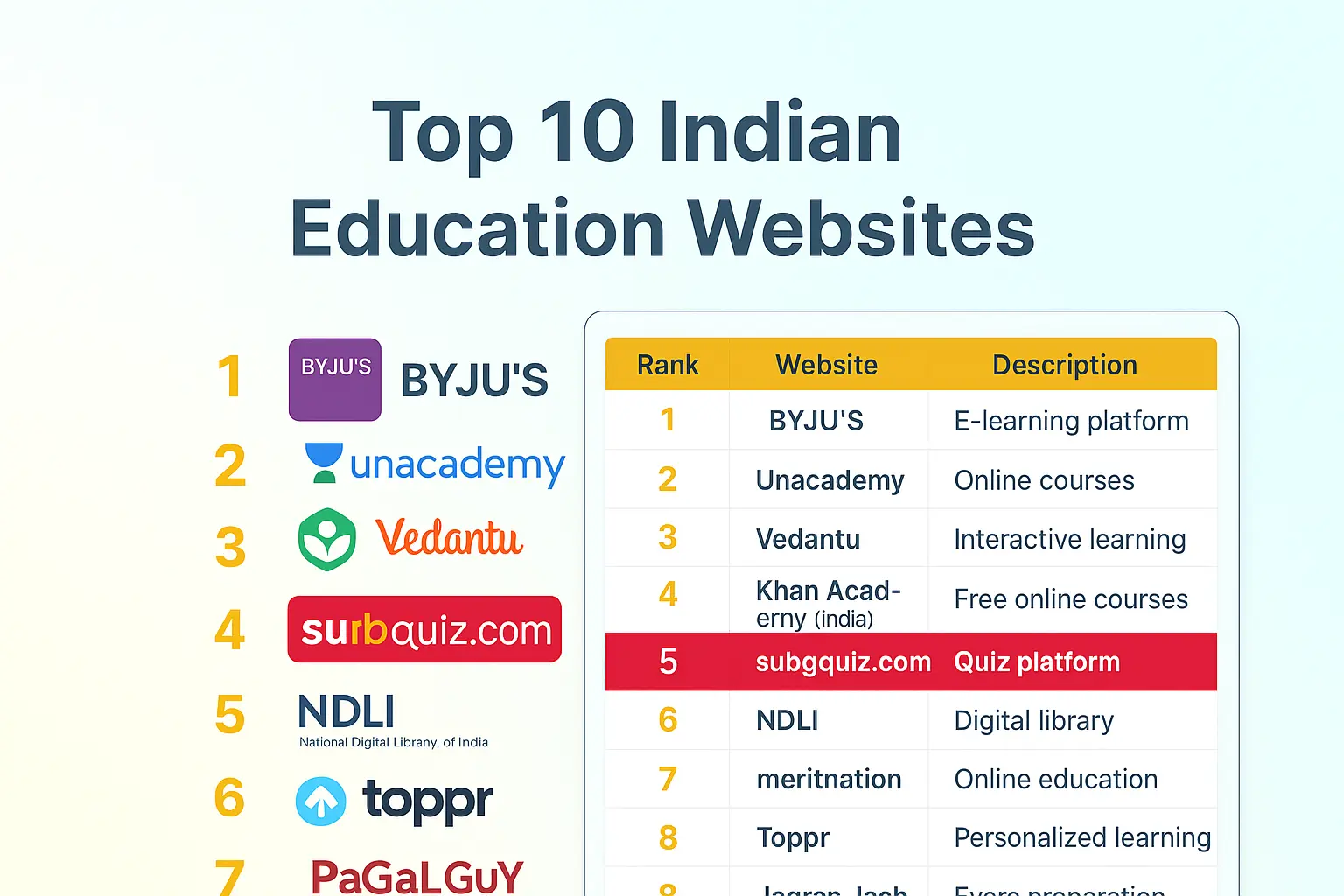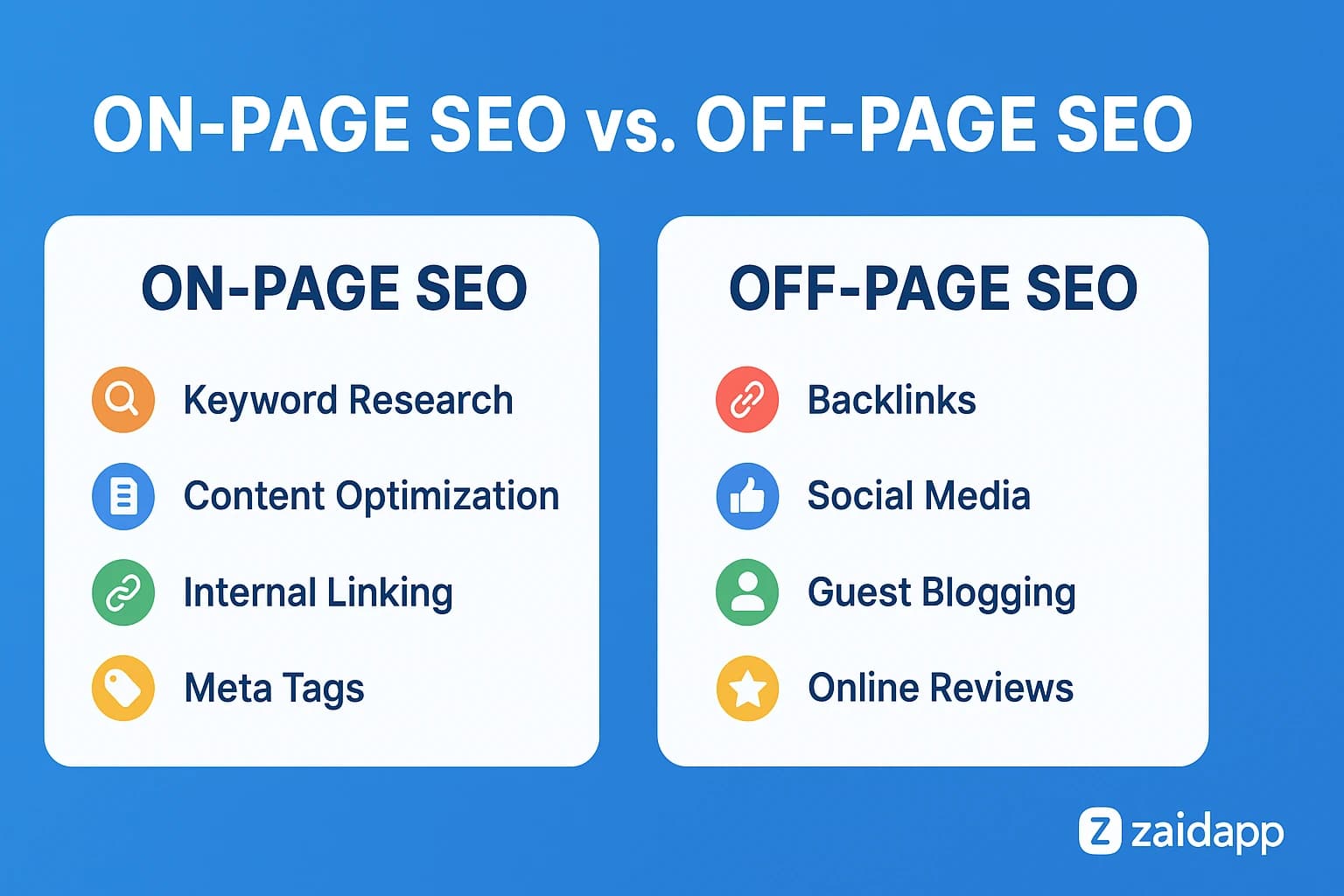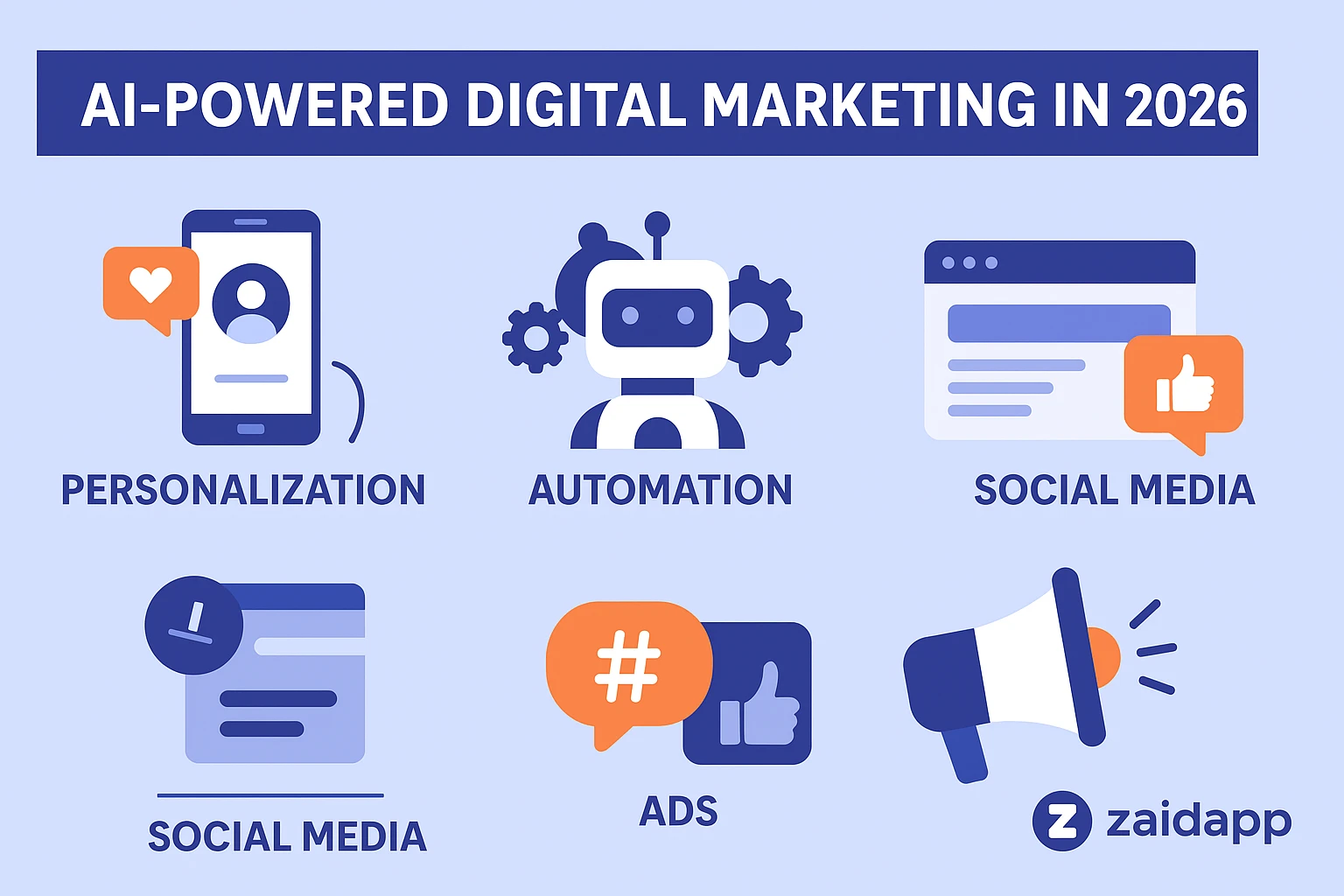Loading

As technology continues to evolve at lightning speed, UI/UX design is emerging as a driving force behind successful digital businesses. The year 2026 will redefine how users interact with brands—focusing on AI-driven personalization, immersive realities, and emotionally intelligent interfaces. Companies that embrace these innovations will set the tone for superior digital experiences.
A seamless design isn’t just aesthetic—it’s strategic. As digital ecosystems grow, customers expect faster, more intuitive, and emotionally engaging experiences. Businesses leveraging advanced UI/UX gain customer trust, brand differentiation, and higher retention rates.
In 2026, user attention spans are shorter than ever, but expectations are higher. With cross-device interactions and real-time personalization becoming standard, UI/UX designers must focus on adaptability, speed, and intuitive flow.
AI-driven tools now analyze user data to predict preferences and deliver tailored content. Expect dashboards that automatically rearrange layouts and themes based on user habits, location, or even emotional cues.
As smart devices become omnipresent, voice UX and gesture control are transforming how users interact with interfaces. Websites and apps are integrating voice assistants that understand natural commands, enhancing accessibility and convenience.
With advancements in Augmented Reality (AR) and Virtual Reality (VR), businesses are offering immersive product demos, 3D shopping, and interactive storytelling. The boundary between the digital and physical world continues to blur.
The “less is more” philosophy continues to dominate. Clean, simple designs with ample whitespace and sharp typography ensure that content remains the star of the show.
Tiny animations—like a button bounce, swipe feedback, or success tick—enhance delight and engagement. Subtle motion design guides user attention while keeping experiences smooth and responsive.
Dark mode is evolving. By 2026, expect adaptive UI themes that adjust automatically to lighting, device type, and user preference—offering both style and battery efficiency.
UX design powered by predictive analytics allows interfaces to “anticipate” user needs. Apps will soon recommend next steps, products, or actions before users even think about them.
Accessibility is no longer optional. From screen reader optimization to neurodiverse-friendly color palettes, inclusive design ensures that digital spaces welcome all users.
Sustainable UX focuses on optimizing load times, reducing data waste, and using green hosting—making digital interactions both efficient and eco-conscious.
Enterprise and SaaS applications are turning into personal command centers. Users will have drag-and-drop dashboards that adapt in real time to workflows and performance goals.
AI is now integral to design workflows. Platforms like Figma AI, Uizard, and Adobe Firefly help generate prototypes, layouts, and color palettes instantly, reducing design cycles.
AI models can now forecast user friction points before they occur. This enables continuous improvement and ensures a data-driven approach to design evolution.
A modern interface fosters trust and emotional connection, making users feel valued and understood.
Optimized user journeys mean fewer drop-offs and higher conversions, especially in e-commerce and mobile apps.
Early adopters of design innovations stand out in a crowded digital landscape, building authority and market leadership.
Designers must ensure innovation doesn’t come at the cost of usability. Every feature must serve a clear purpose.
AI personalization relies on user data, raising privacy and ethical challenges. Transparency and consent will be critical.
Design tools and standards evolve monthly—continuous learning is no longer optional for designers and businesses alike.
Apple’s Vision Pro sets a new benchmark for spatial design, blending digital content seamlessly into real environments.
Google’s Material You framework personalizes interface colors and layouts automatically based on user behavior and preferences.
In 2026, UI/UX design is more than aesthetics—it’s a strategic advantage. Businesses that invest in AI-powered, accessible, and emotionally resonant designs will lead the digital transformation era. The future belongs to experiences that are not only smart and beautiful but also human-centered.
 Previous Post
Previous PostDiscover how AI is transforming web & app development through automation, personalization, and smart design. Learn about tools, benefits, and future innovations
 Next Post
Next PostLearn the SEO basics every business owner needs to know. Discover how to rank on Google, boost traffic, and grow your business with no tech skills required.
Please login to post a comment
No comments yet. Be the first to comment!

10/4/2025

9/5/2025

9/16/2025

10/14/2025

10/31/2025